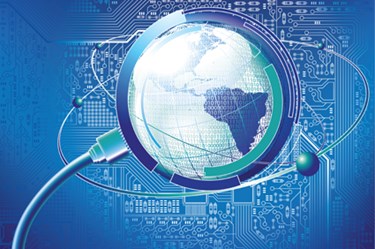IoT Helps School District Slash Its Electric Bill

By Christine Kern, contributing writer

Connected lights and cloud-based servers helped save $390,000 per year.
In an example of the power of the Internet of Things (IOT), The Cheshire Public Schools in Connecticut slashed its electric bill by $390,000 a year by converting lights in six of its eight buildings to LED bulbs and connecting them to sensors and cloud-based servers that control brightness and turn lights off automatically from afar. These savings represent approximately 84 percent of the district’s electricity budget.
The District currently has IoT technology in classrooms to control lighting, temperature, door locks, projectors, surveillance cameras, and school bus trackers, and can also monitor parking lots, analyze air quality, take student attendance, and vibrate student devices or even chairs to get their attention in class.
“Before, lights were turned on and often left on,” says Jeffrey Solan, superintendent of Cheshire Public Schools. “Now, it’s all automatic. If you walk down a hallway, the lights turn on a section at a time and then turn off when you’re gone.”
Experts estimate four times as many IoT devices will enter the education system by 2018, increasing the total to 35.2 million units. But security concerns may slow adoption and administrators have been frustrated by unconnected systems controlling separate devices instead of a unified dashboard.
The impact of the IoT on public school districts is just only starting to emerge. “It might start with power savings,” says Pete Koczera, senior manager for K12 education at CDW-G, a major supplier of school technology, “but automating anything that either takes care of the infrastructure or saves money is of obvious interest to school administrators.”
According to Gartner analysis, approximately 4.9 billion IoT devices were sold in 2015, including 9 million that were installed in schools. Gartner forecasts a nearly four-fold increase for IoT devices in education by 2018, rising to 35.2 million units.
Despite its potential, adoption of IoT has meet with resistance among school administrators. In a 2016 survey of 630 education IT managers, only 46 percent said IoT would have a major impact within two years, while one-third said it would have only a minor or delayed impact. As one IT manager comments, “Getting the teachers and staff on board can sometimes be more challenging than getting the new technology implemented.”
